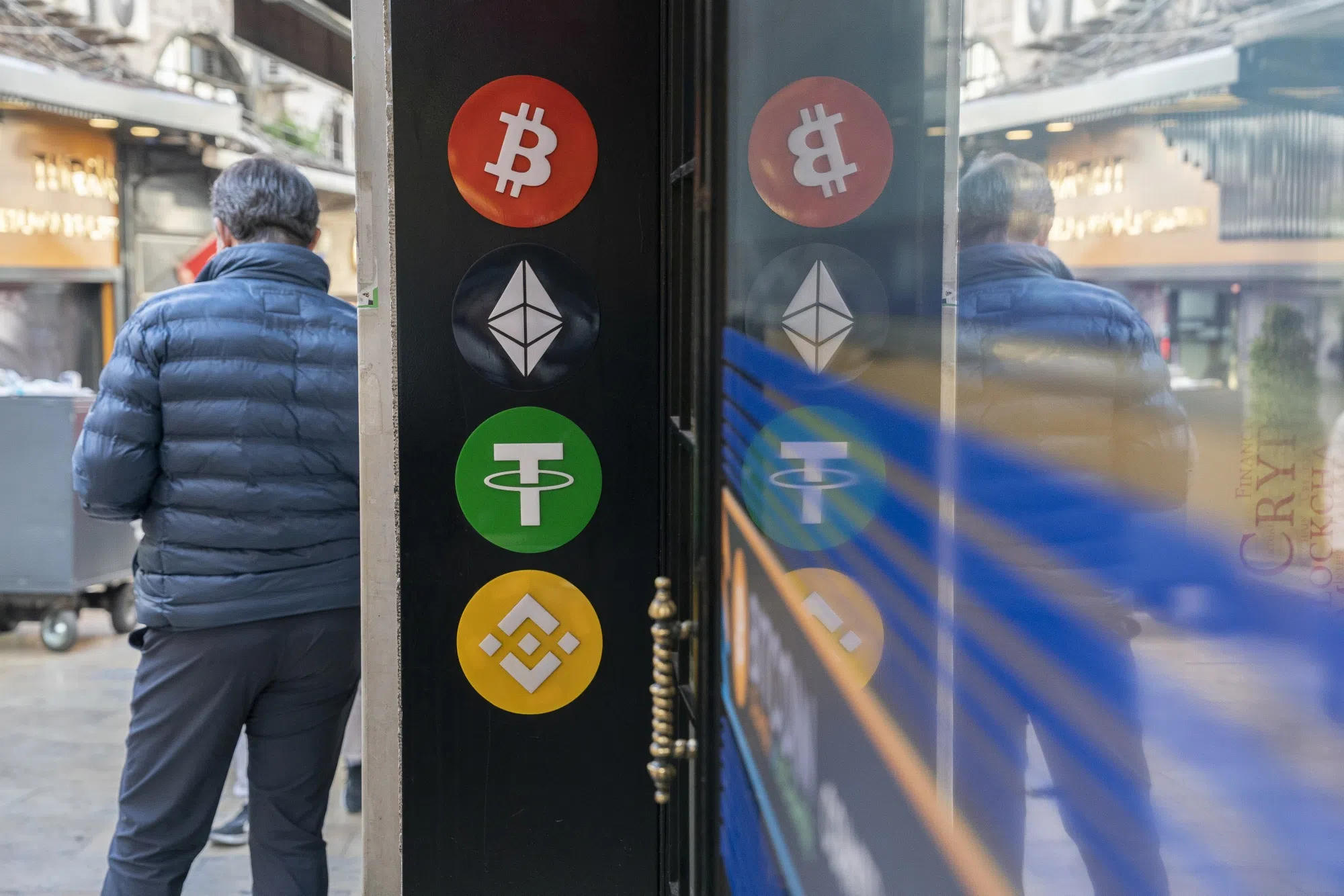UNTIL recently, banks watched from the sidelines with envy as stablecoin market leader Tether Holdings boasted of billions in profits. Now they want in.
Earlier this year, Societe Generale – Forge made its Euro-backed stablecoin – which basically represents fiat on a blockchain ledger – available to retail investors. Financial group Oddo BHF SCA is also working on a Euro-denominated one, and London-based Revolut is considering issuing its own version. AllUnity, a venture involving Deutsche-Bank owned DWS, plans to issue another next year, and BBVA is also working on an entry.
Banks in the US are expected to join in on the rush once legislation that could pave the way for them to issue stablecoins is enacted. In Europe, with the recent clarity brought on by the Markets in Crypto-Assets Regulation (Mica), and the decision by Tether to discontinue its EURt stablecoin, that has presented an opening for competitors wishing to enable customers to make payments or hold fiat-like alternatives.
“Do I think that other banks will be issuing their own stablecoins?” Jean-Marc Stenger, chief executive officer at SG-Forge, said. “The answer is yes. It’s heavy lifting, I am not sure it will happen any time soon, but it will happen.”
GS-Forge is already talking with a number of banks that want to use its stablecoin, Stenger said. It’s also in discussions with about 10 about partnerships or white-labelling its technology for them to issue their own stablecoins, he said.
Meanwhile, the card network Visa, which in October launched a tokenization network for banks to issue stablecoins, is working with BBVA on a pilot in 2025. And it’s in talks with many other banks.
BT in your inbox
Start and end each day with the latest news stories and analyses delivered straight to your inbox.
“We have seen demand from banks in Hong Kong, Singapore, in Brazil,” said Cuy Sheffield, Visa’s head of crypto. “We are actively engaged with a number of banks across the world at various stages of the process.”
In July, Standard Chartered, in a partnership with blockchain gaming conglomerate Animoca Brands and Hong Kong Telecommunications, was selected by the Hong Kong Monetary Authority as one of the first issuers of HKD-dominated stablecoins in an experimental programme. The bank hopes the stablecoin could be live in 2025, said Rene Michau, global head of digital assets.
The rush to stablecoins will enhance the role of blockchain in payments on top of a slightly different product that major banks such as JPMorgan Chase have been exploring: deposit tokens. While similar to stablecoins, they are tied to bank accounts. Tools such as JPM Coin have also been used for transfers between customers of the same bank using its own blockchain. The problem is that the deposit tokens often cannot go to clients of a different bank. And billions of people still do not have bank accounts. That’s where stablecoins, which anyone with a crypto wallet can purchase, come in.
JPMorgan Chase believes that stablecoin and tokenised deposits are not mutually exclusive, and expects the growing interest in bank-issued stablecoin will accelerate and become mainstream in the next three years, Naveen Mallela, global co-head of JPMorgan’s digital asset unit Kinexys wrote in e-mailed responses.
There are plenty of incentives to offer stablecoins: Customers have been asking for the product, multiple banks report. And then there’s the profit motive: Tether is on track to close the year with more than US$10 billion in net profits, according to chief executive officer Paolo Ardoino.
Not all banks – or users – are sold on TradFi issuing its own stablecoins. Crypto-friendly Xapo Bank, based in Gibraltar, is not planning to launch one because Tether is already entrenched, said Joey Garcia, board director and chief legal officer at the bank, which lets customers deposit stablecoins in savings accounts.
“We do not want to be in that space, we want to be the tool that allows the efficiency of the blockchain network to interact with the legacy, security of your bank account,” Garcia said.
For banks, risks in issuing stablecoins still abound: A European Central Bank analysis showed that converting retail deposits into stablecoin issuers’ deposits weakens a bank’s liquidity coverage ratio, which shows a bank’s ability to meet short-term obligations and withstand market turbulence.
US regulators will also need to clarify what kinds of reserves are acceptable for banks to use as backing their stablecoins, and whether stablecoin deposits will be insured.
“If banks were to issue uninsured stablecoins alongside insured deposits, there would be significant consumer confusion about what is and is not insured,” said Hilary Allen, a law professor at American University. “Panic would likely ensue if in a moment of crisis consumers were told that their bank-issued stablecoins were not protected.”
And central banks are not asleep at the wheel: Many of them are testing or rolling out central bank digital currencies, which may replace bank-issued stablecoins over time in some use cases, such as wholesale payments, said Avtar Sehra, CEO of Libre Capital, which is working with First Abu Dhabi Bank on lending collateralized by blockchain-based tokens.
“Everyone is exploring some form of commercial bank digital currency,” Sehra said. “Ultimately they may issue their own. But ultimately they’d all prefer to utilise maybe a consortium coin.” BLOOMBERG




